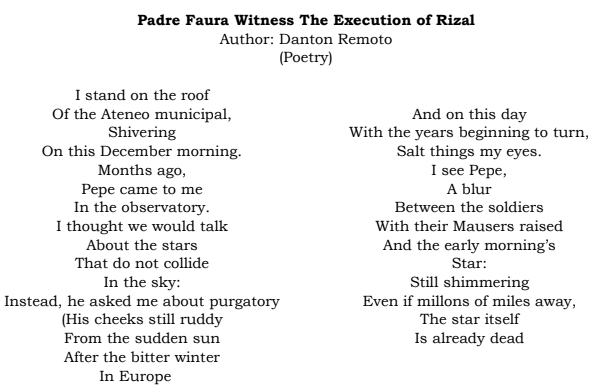4 21st Century
Lesson 4 Context and Text’s Meaning
Context originates from the notion of ^^weaving together^^. It is defined as the
circumstances that form the ^^setting of events^^, ^^statements^^, or ^^ideas^^ and in the way of
which it can be fully understood and assessed. Reading a literary piece may
contribute to the production of the author and the reception of the reader as they
appreciate and explore.
- The writer's context: is knowing about the ^^writer's life^^, values, assumptions, gender, race, race, sexual orientation, and the political and economic issues related to the author.
- Reader's context: is about the ^^reader's previous reading experience^^, values, assumptions, political and economic issues.
- The text's context: is about its ^^publishing history^^. It is part of the larger text such as newspaper, history, events, translated in it.
- Social context: and socio-cultural of a text feature the ^^society in which the characters live^^ and in which the author's text was produced.
Imagery: is creating a picture in the ^^reader's mind^^ by using words that appeal to ^^the senses^^. There are types of Imagery that are used in this module. (Menoy 2016)
- Visual imagery: produced by the use of words that appeal to the ^^sense of sight^^.
- Auditory Imagery: produced by the use of words that appeal to the ^^sense of hearing^^.
- Kinesthetic imagery: produced by the use of words that appeal to the ^^actions and movement^^.
Literary Techniques: are ^^methods^^ the author or writer of a literary piece used ^^to convey^^ what they want to impart to the reader, such as:
Flashback: where the events have ^^taken place^^ before the present time the narration is following.

